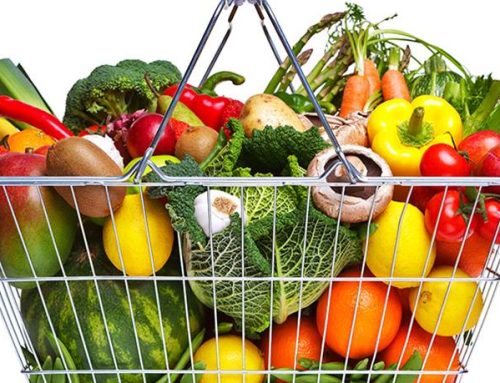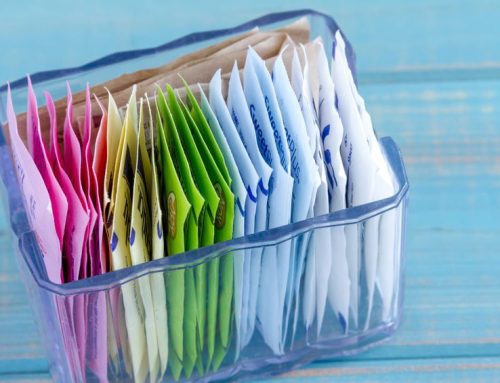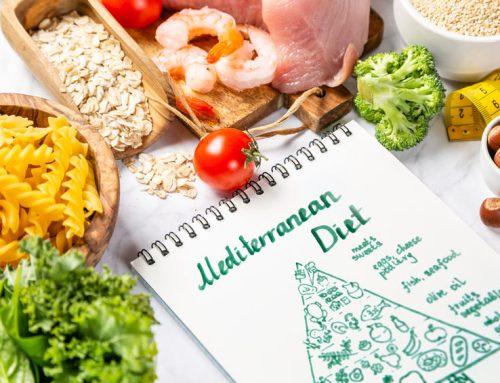Best tool for weight loss? It happens to be the technique of keeping a food diary. As a Certified Nutritionist, I ask all of my clients to record their food intake. I like the My Fitness Pal app because I can see what they’re eating and provide additional accountability during sessions.
Best Tool for Weight Loss
If you’re motivated to lose weight but can’t seem to get the number on your scale to budge, you might want to consider keeping a food diary. Research shows tracking what you eat is an effective weight-loss tool.
In one study, researchers followed nearly 1,700 overweight participants in a weight-loss program over a six-month period. They found people who kept food diaries lost twice as much weight as people who didn’t record what they ate.
Another study followed people who had participated in a six-week weight-management program and lost weight. Keeping a food diary was one of the strategies which kept them accountable when maintaining weight loss for up to two years after the conclusion of the weight-management program, with 70% of participants continuing to keep food diaries post-group.
“A food diary helps people make smarter choices when eating,” says study author Lisa Matero, PhD, a senior staff health psychologist with Henry Ford Health System and a clinical assistant professor at Wayne State University School of Medicine in Detroit. “If someone is interested in losing weight, the first thing I suggest is to keep a food diary.”
Why a Food Diary Is the Best Tool for Weight Loss
There are many reasons that keeping a food diary is the best tool for weight loss:
Accountability: It holds you accountable. Unless you write it down, you may forget you had a bite of your daughter’s mac and cheese when you were feeding her lunch or a few chips mid-afternoon. “Most of us are mindlessly eating throughout the day, and a journal brings awareness to this unhealthy habit,” says Shena Jaramillo, RD. “This is true whether the person decides to incorporate calories into their journaling or not.”
You’ll Make Healthier Choices: What’s more, some people make healthier choices when they know they’ll be writing down everything they eat. “When tracking your intake, you may think twice about having that extra snack, especially if you’ll be reporting it,” says Linda Nikolakopoulos, RD.
You’ll See Patterns: It helps you recognize trends. If you take bites of your kids’ food to encourage them to finish their meals or you snack on what’s on hand in the kitchen while preparing dinner, you may forget that you’ve consumed those calories, because they’re outside the realm of breakfast, lunch, dinner and snack time. Recording every bite can help you discover where hidden calories may be creeping into your diet.
“The little bites here and there that seemed insignificant prior to keeping a food record are now seen as bigger factors,” Nikolakopoulos says. What’s more, keeping track with an app like MyFitnessPal helps you see trends around added sugar and sodium, which can also hamper weight loss if consumed in excess. “Writing down every bite of food reveals patterns and habits you never even knew you had.”
It Can Help with a Plateau: It can help you overcome weight-loss plateaus. When you hit a roadblock on your weight-loss journey, a food diary can help you figure out what to do. “If someone is consuming a certain amount of calories and notices no changes on the scale, this could be a good indicator to slightly decrease their energy intake for the day,” says Jaramillo.
How to Keep a Food Diary
To keep an accurate food diary, use a pen and paper or an app like MyFitnessPal to track everything you eat and drink throughout the day. Here are a few tips to get the most out of your food journal:
1. LOG RIGHT AWAY
Don’t wait until the end of the day to log what you’ve consumed — you’re more likely to underestimate your portions and forget a snack here or there. Instead, log your intake as you go or even before. Planning out your snacks and meals ahead of time can help you stay on track to meet your calorie goal.
2. INCLUDE THE EXTRAS
To maintain an accurate food journal, it’s important to pay attention to all of the extras you might not think about including, such as the cream in your coffee, the butter on your toast or the dressing on your salad. Seeing these extras might help you make healthier diet tweaks such as drinking your coffee black or making your own homemade lower-calorie salad dressing.
3. RECORD YOUR MOOD
Write down your mood and emotions alongside everything you eat. “Are you really hungry or just bored? Maybe you’re not hungry but tired or stressed,” says Amanda Izquierdo, RD. “Many people find they turn to food in an attempt to solve other problems, and a food diary can help people better understand their hunger cues by reviewing how they were feeling during each eating occasion.” Over time, this additional information may help you realize you reach for specific foods when you feel a certain way.
4. CONSIDER SHARING
It isn’t necessary to show your food diary to anyone else, but some people may be more motivated if they periodically share their records with an accountabilibuddy (like a loved one) or a registered dietitian.
It may seem daunting to track everything you eat and drink, but “once people get into a habit of doing it, it becomes much easier and faster,” says Matero.
In fact, it shouldn’t take much more than 15 minutes out of your day. Armed with more information about your dietary routines, you can adopt healthier habits like mindful eating, meal prep and combatting stress without food, to help you lose weight and keep it off for good.
Click here to read the full article about the best tool for weight loss.







